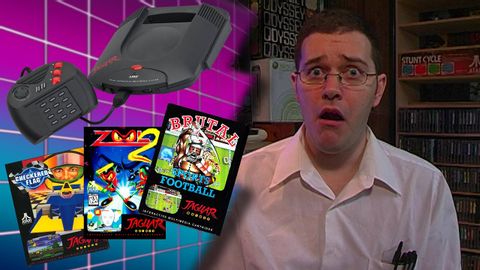
Subtitles & vocabulary
Atari Jaguar (Part 1) - Angry Video Game Nerd - Episode 65
00
eaglekuo posted on 2014/10/21Save
Video vocabulary
bit
US /bɪt/
・
UK /bɪt/
- Noun
- Device put in a horse's mouth to control it
- Small piece of something
- Intransitive Verb
- (E.g. of fish) to take bait and be caught
A1
More debate
US / dɪˈbet/
・
UK /dɪ'beɪt/
- Noun (Countable/Uncountable)
- General public discussion of a topic
- A formal event where two sides discuss a topic
- Verb (Transitive/Intransitive)
- To consider options before making a decision
- To take part in a formal discussion
A2TOEIC
More switch
US /swɪtʃ/
・
UK /swɪtʃ/
- Noun
- A change or shift from one method to another
- Thing you move to turn electrical items on or off
- Transitive Verb
- To exchange or replace something for another thing
A2TOEIC
More competition
US /ˌkɑmpɪˈtɪʃən/
・
UK /ˌkɒmpəˈtɪʃn/
- Noun (Countable/Uncountable)
- Fighting against others to win something
- A situation in which people or organizations compete with each other for something that not everyone can have.
A2
More Use Energy
Unlock All Vocabulary
Unlock pronunciation, explanations, and filters
